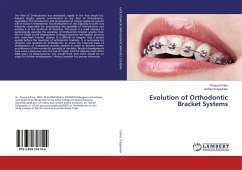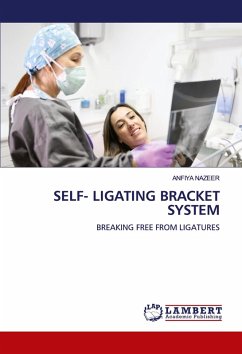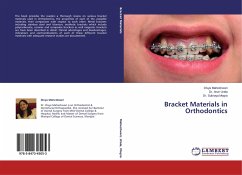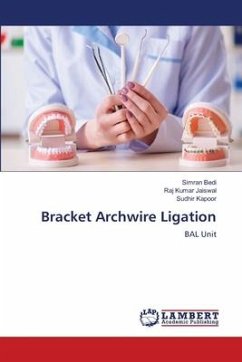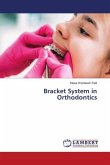Orthodontic bracket bonded to enamel provide the means to transfer the force applied by the activated archwire to the teeth. The original treatment approach utilized slot attached to a stainless steel band that was cemented to the teeth.This appliance then bonded to enamel surface with the use of epoxy resin for bonding of the bracket to the tooth surface requires that the enamel to be etched. Phosphoric acid is used as the principal enamel etchant. It was first introduced by Buonocore in 1955 and used by Newman in 1965. Bonding is the term conventionally used to describe the attachment of bracket to the tooth surface. Up to 1970 direct bonding to enamel was widely accepted as standard procedure to replace banding.The last fifty years in orthodontics have brought huge changes in the technology used to straighten teeth, including the introduction of self- ligating brackets, lingual brackets, invisalign treatment mechanics. Making metal braces less painful, more effective, and lessnoticeable in the mouth of the patient. Maybe in fifty years, no one will be wearing the metal braces.


